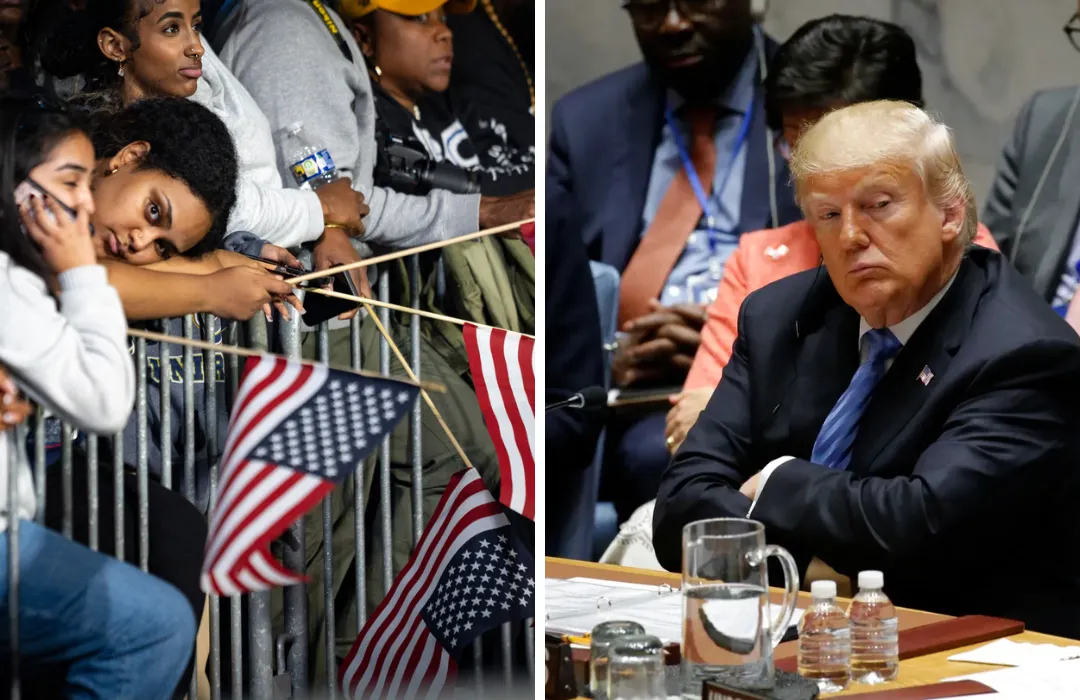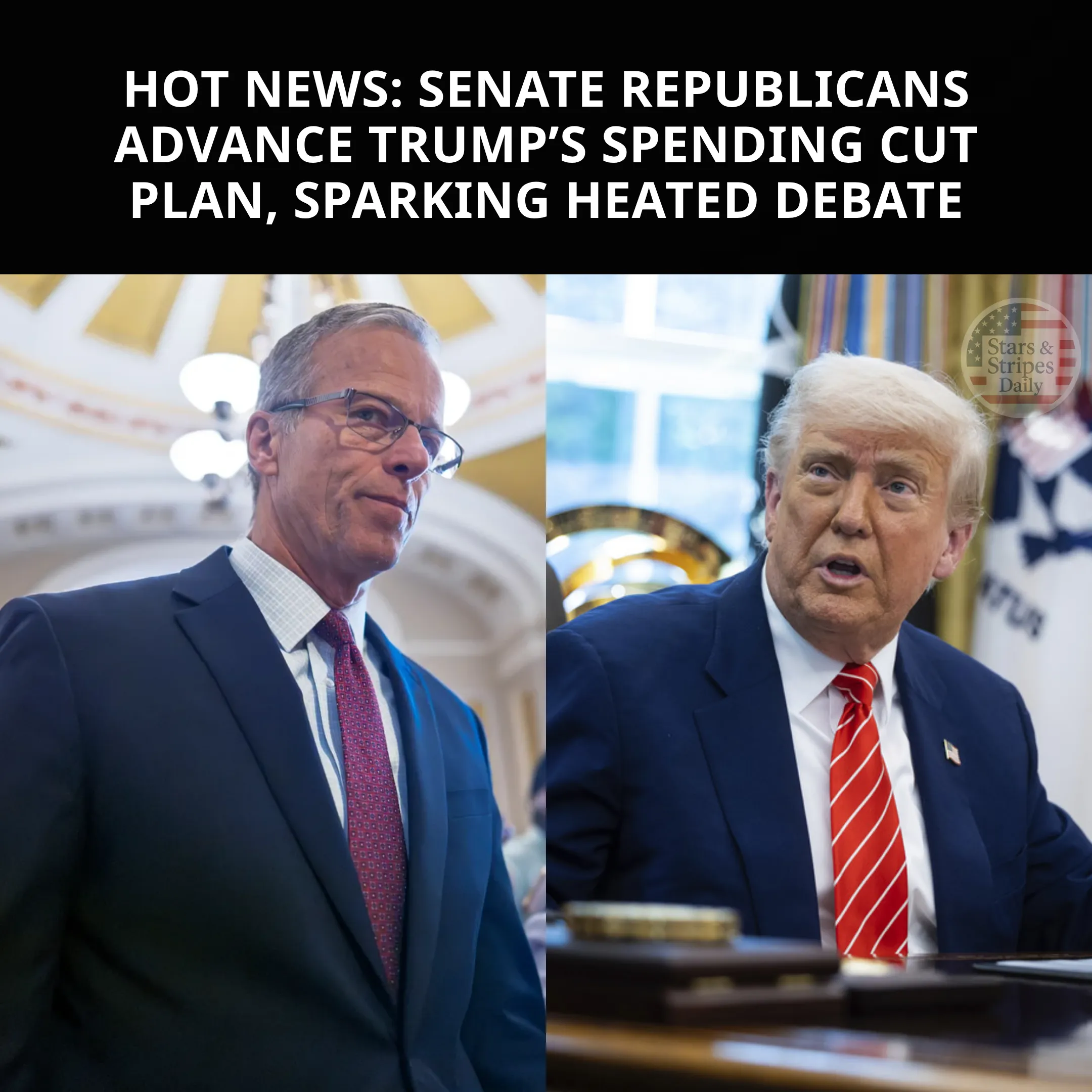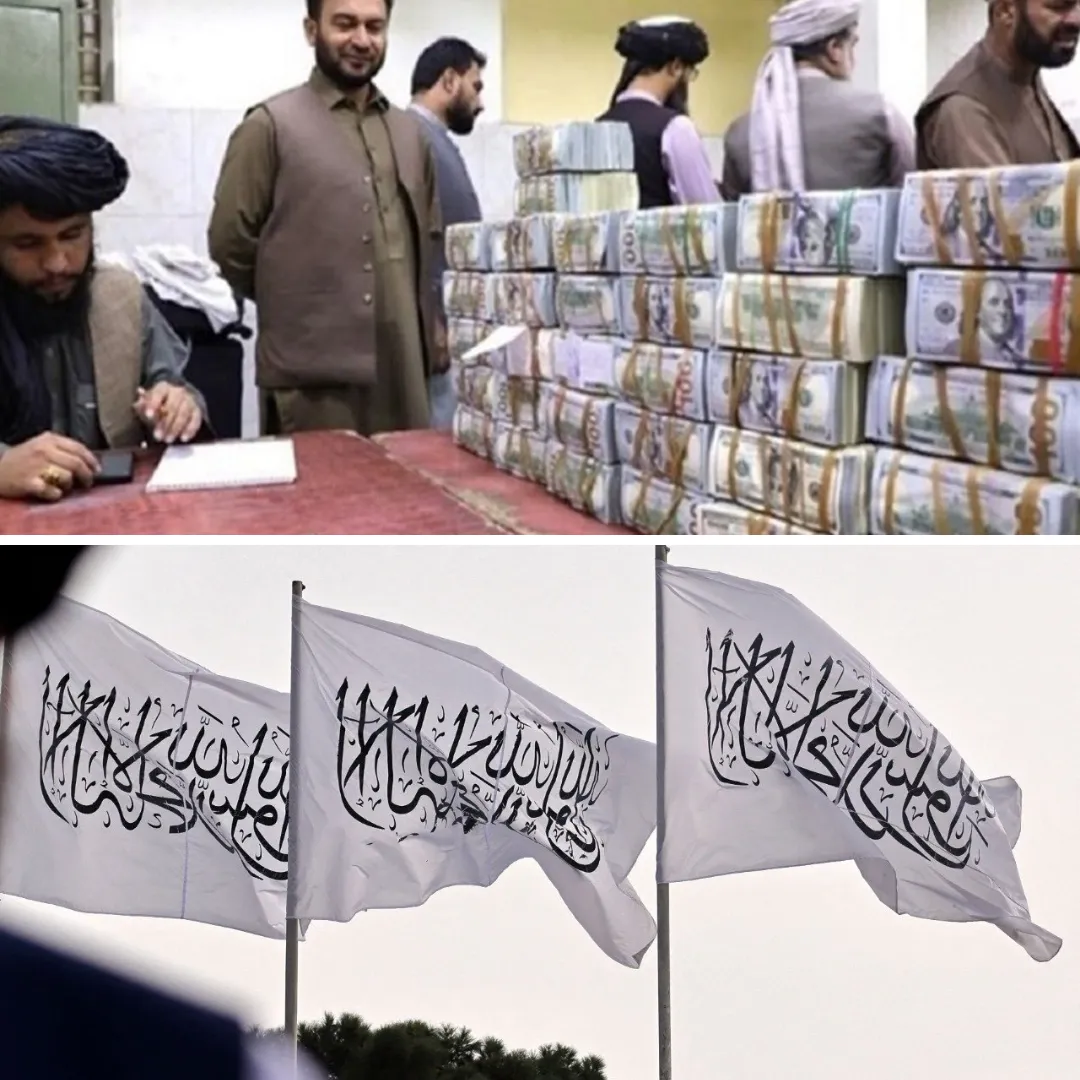
Secretary of Homeland Security Kristi Noem has sharply criticized Minnesota Governor Tim Walz for his handling of the 2020 George Floyd riots, arguing that his failure to act swiftly allowed the city to descend into chaos.
She contrasted Walz's weak response to the decisive action taken by President Donald Trump, who deployed thousands of National Guard troops and Marines to Los Angeles this year to quell the immigration protests and riots.
Noem’s strong defense of Trump’s actions and her rebuke of Walz are timely, as they highlight a pattern of inadequate leadership on the part of Democratic governors when facing large-scale civil unrest.
Noem, who previously served as the governor of South Dakota, did not mince words when discussing Walz’s failure to manage the riots that broke out after George Floyd’s death in 2020.
"I was a governor of a neighboring state to Tim Walz and watched him let his city burn," Noem said to reporters on Tuesday. "And the president and I have talked about this in the past, and he was not going to let that happen to another city and to another community where a bad governor made a bad decision."
Her remarks come as President Trump’s administration has faced increasing criticism for its decision to deploy 4,000 National Guard troops and 700 Marines to Los Angeles, where protests over U.S. Immigration and Customs Enforcement (ICE) arrests had escalated into violence.
Noem, however, defended the decision, citing the chaos in Minnesota as a cautionary tale of what can happen when leaders fail to act decisively.

According to Noem, the deployment in Los Angeles is a necessary and responsible move to ensure that lawlessness does not take root, something that happened under Walz’s watch in 2020.
In her critique, Noem highlights the difference between a strong, proactive response to unrest and the disastrous consequences of a weak, delayed reaction.
Under Walz’s leadership, the National Guard was deployed late, and despite the presence of law enforcement, the city of Minneapolis experienced widespread destruction.
Protesters looted stores, set buildings on fire, and clashed with police officers for days, creating a chaotic environment in which law and order were completely undermined.
Noem’s point is clear: when local leadership fails to act swiftly, the federal government must step in to restore order. This was the thinking behind Trump’s deployment of the National Guard in Los Angeles, and it was the right course of action.
Walz, for his part, has publicly acknowledged his delayed response in 2020, admitting that he could have activated the National Guard sooner. However, he has also defended his actions, stating that he is proud of Minnesota’s overall response.
"I’m proud of Minnesota’s response. I’m proud of Minnesota’s first responders who were out there, from firefighters to police to the National Guard to citizens that were out there," Walz said during a 2022 gubernatorial debate.
Despite this, the images of burning buildings and looted stores in Minneapolis remain a testament to Walz’s inability to manage the situation and restore peace in a timely manner.

Noem’s criticism of Walz is not just about the delayed National Guard response, but about the broader failure of leadership that allowed the violence to continue unchecked.
Noem’s defense of Trump’s handling of the Los Angeles protests, in contrast to Walz’s failure in Minnesota, underscores a fundamental difference in how the two leaders approach the role of government in protecting public safety.
Under Trump’s leadership, the federal government has taken a firm stance against lawlessness, deploying troops when necessary to prevent violence and destruction.
In contrast, Democratic governors like Walz and California’s Gavin Newsom have been more reluctant to deploy federal forces, often citing concerns about state sovereignty or criticizing the federal response as an overreach.
In the case of Los Angeles, President Trump’s decision to send in the National Guard and Marines was met with immediate resistance from California Governor Gavin Newsom.
Newsom has long been at odds with Trump over issues of immigration and law enforcement, and his response to the deployment was no different.
Newsom argued that the deployment of National Guard troops violated state sovereignty and that the majority of the troops were “sitting, unused, in federal buildings without orders.”
He also claimed that the deployment was not about public safety but about feeding Trump’s “ego.” Newsom’s remarks were dismissive of the genuine need for federal intervention in a city that was quickly descending into chaos due to the protests.
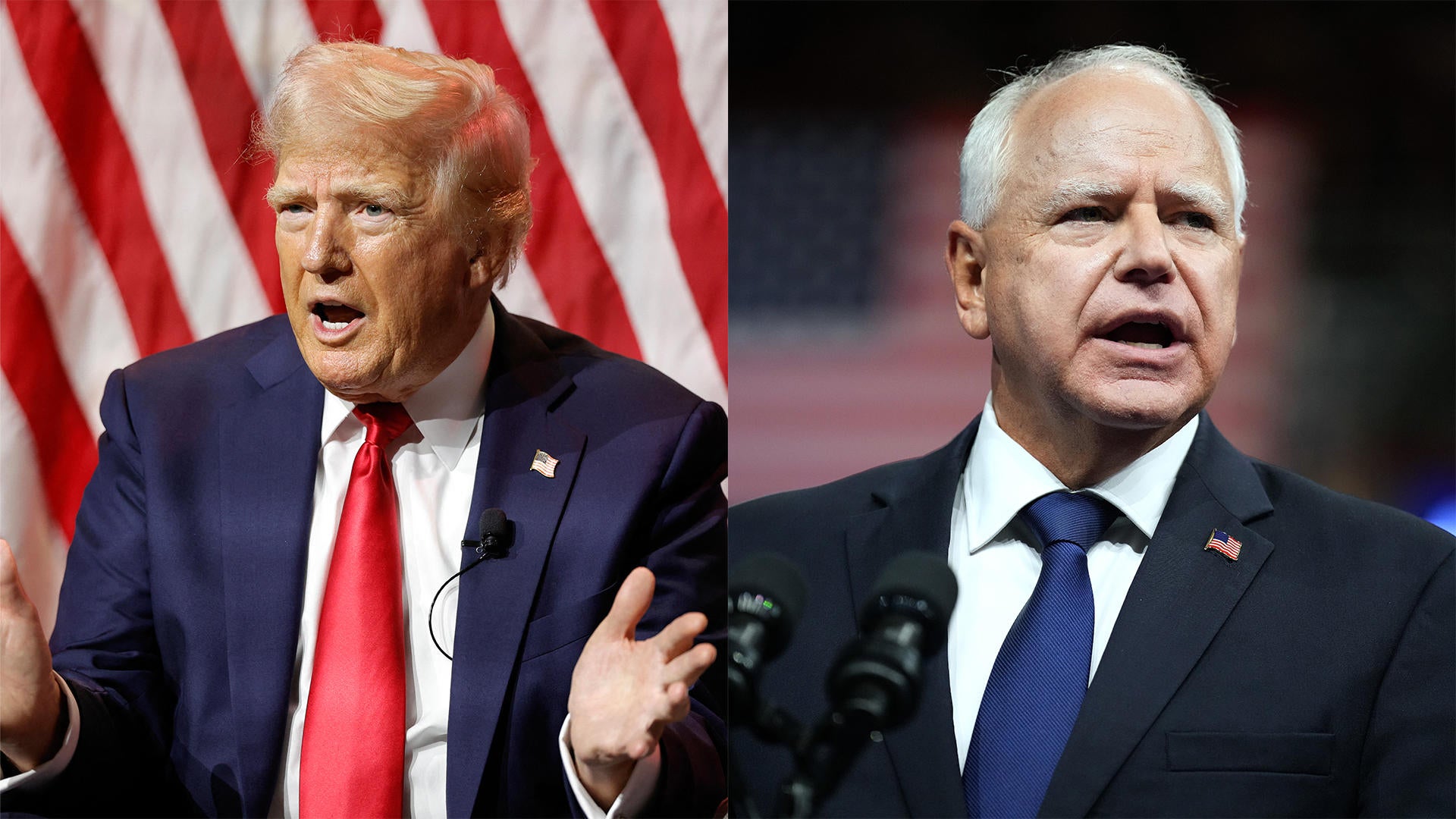
While Newsom’s opposition to Trump’s decision is predictable, it is also misguided. In a situation where violence and destruction are running rampant in the streets, the priority must be the safety of citizens and the preservation of law and order.
Trump’s decision to deploy troops in Los Angeles was based on the understanding that federal law enforcement must have the support and resources to manage large-scale protests, especially when local leadership has failed to maintain control.
Newsom’s refusal to acknowledge this reality is emblematic of the broader problem with the Democratic Party’s approach to law and order—there is often more concern with political posturing than with ensuring public safety.
Noem’s defense of Trump’s actions in Los Angeles highlights the importance of strong leadership in times of crisis. The deployment of federal troops is not about military overreach; it is about ensuring that the rule of law is upheld and that citizens are protected from violence and destruction.
In contrast, Walz and Newsom’s reluctance to take decisive action has led to unnecessary suffering and chaos. In both Minnesota and California, Democratic governors have chosen political expediency over the safety of their constituents, failing to take responsibility for their inaction and instead blaming the federal government for stepping in when they would not.
In the case of the Los Angeles protests, Trump and Noem’s approach is the right one. By sending in the National Guard and Marines, Trump ensured that law enforcement had the support they needed to quell the violence and prevent further damage.
While Newsom and other Democrats continue to criticize the federal response, the reality is that their failure to act quickly in the face of escalating violence left Trump with little choice but to intervene.
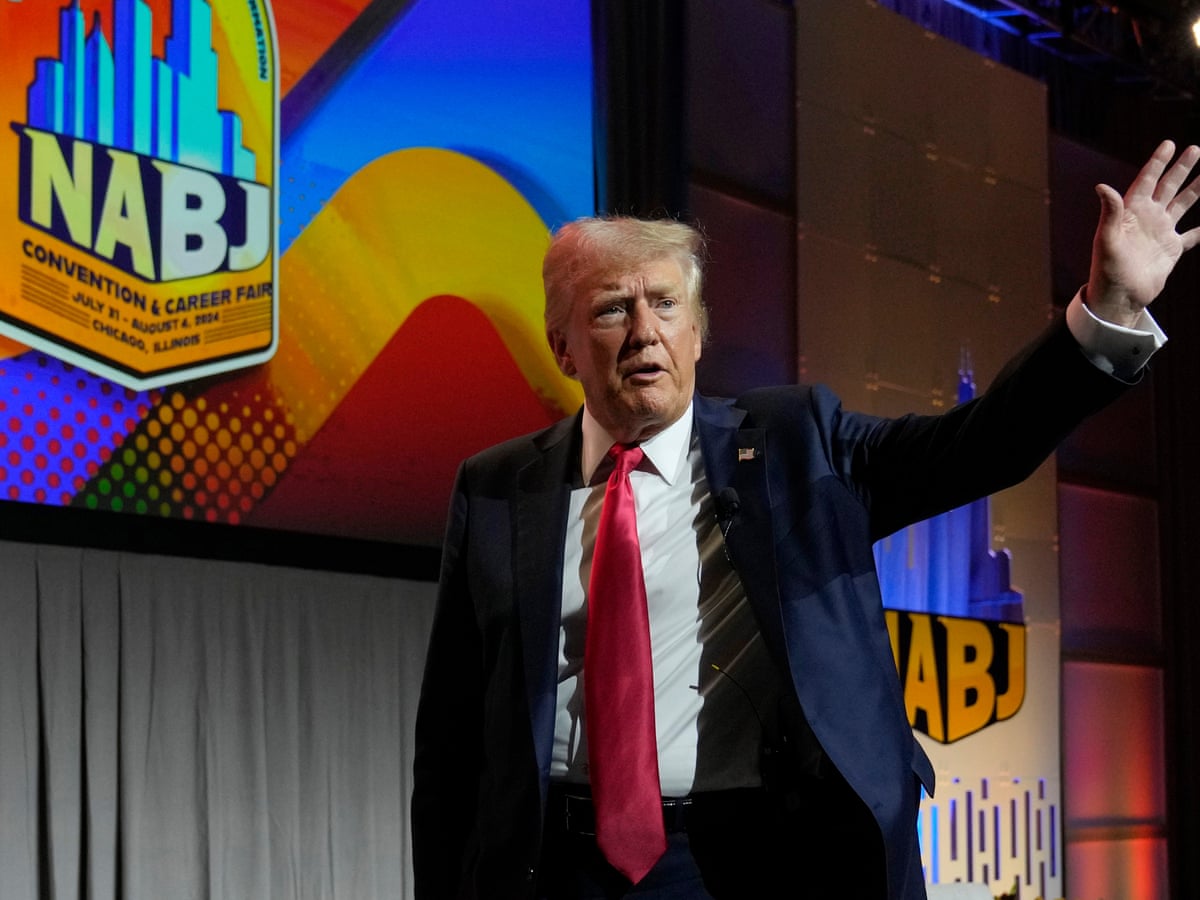
The larger issue at play here is the broader pattern of weak leadership by Democratic governors when it comes to dealing with civil unrest. From Minneapolis in 2020 to Los Angeles today, these governors have been more concerned with political optics and their own agendas than with ensuring the safety of their citizens.
By refusing to take decisive action, they have allowed lawlessness to take root in their cities, forcing the federal government to step in and restore order.
In conclusion, Kristi Noem’s criticism of Tim Walz for letting Minneapolis burn in 2020 is a powerful reminder of the consequences of weak leadership in times of crisis.
While Walz and Newsom have failed to take strong action to protect their citizens, President Trump and Noem have demonstrated the importance of ensuring that law and order are maintained.
The deployment of federal troops to Los Angeles was necessary to prevent further violence and destruction, and Noem’s support for Trump’s actions is a reflection of her commitment to protecting American citizens and upholding the rule of law.
As the situation in Los Angeles continues to unfold, it is clear that strong, decisive leadership is needed—something that both Walz and Newsom have failed to provide.
